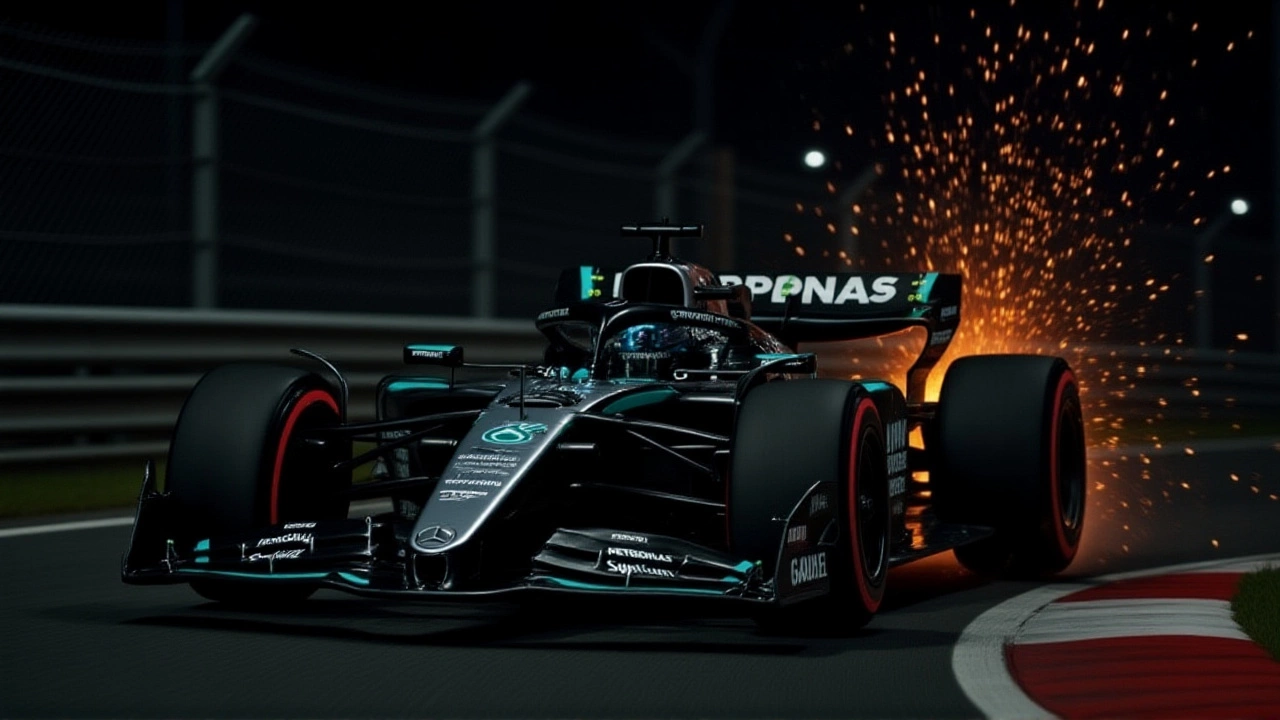
George Russell clinched pole and a commanding win at the 2025 Singapore Grand Prix, boosting Mercedes and tightening the Formula 1 championship battle.
When talking about Singapore Grand Prix, the annual Formula 1 race that lights up Marina Bay each September. Also known as Singapore F1 Night Race, it transforms a city centre into a high‑speed playground that tests drivers, engineers, and even fans.
The event is part of Formula 1, the worldwide championship that crowns the fastest drivers on the planet. What makes this round special is the night race, a competition run under powerful floodlights that shifts grip as the track cools. It unfolds on a street circuit, a temporary course built on public roads with tight corners, high‑speed straights and a backdrop of skyscrapers. The combination of these three entities—Formula 1, night race, street circuit—creates a unique set of challenges that no other Grand Prix offers.
Those challenges echo many ideas you’ll find in our cycling articles. Just as a pro cyclist fine‑tunes bike fit, chamois padding and aerodynamics, an F1 team tweaks wing angles, tyre compounds and power‑unit maps to shave off tenths of a second. Performance optimization is the common thread: whether you’re climbing a mountain pass or navigating the tight hairpin at Turn 8, understanding power output, drag reduction and mental focus makes the difference between winning and watching from the sidelines.
Driver skill matters just as much as machine precision. In the Singapore Grand Prix, the night setting reduces visual cues, so drivers rely on a razor‑sharp sense of rhythm and the ability to adapt to changing grip levels—much like a cyclist adjusting cadence on a sudden steep climb. Our post about “Is a road cyclist out of the race if they rip their kit?” shows how a split‑second decision can keep you in the game; the same principle applies when a driver decides whether to push the car into the limits of tyre wear during a late‑race attack.
Strategy is another crossover point. The Singapore street circuit forces teams to balance pit‑stop timing against traffic, just as cyclists weigh nutrition stops against chasing a breakaway. Our article on “Professional Cycling: Why do so many cyclists dope?” highlights the pressure to find any edge, while the Grand Prix’s strict technical regulations force engineers to find legal performance gains instead. Both worlds illustrate how high‑stakes environments drive innovation—and sometimes controversy.
Inclusion and representation are growing themes across motorsport and cycling alike. While the Tour de France still lacks a women’s equivalent, the Singapore Grand Prix has taken steps to showcase female talent, from women engineers in the pit lane to drivers like Susie Wolff appearing in promotional events. This mirrors our discussion about why there are so few Black professional road cyclists and what can be done to broaden access. When the sport opens doors, the competition becomes richer for everyone.
Below you’ll find a curated mix of articles that dive into race strategy, driver fitness, aerodynamic tricks, and even parallels with cycling performance. Whether you’re a fan of neon‑lit speed or a rider chasing personal bests, the collection gives you practical insights to read, watch and apply.

George Russell clinched pole and a commanding win at the 2025 Singapore Grand Prix, boosting Mercedes and tightening the Formula 1 championship battle.